Our place in the Berkshires is just over the hill from Steepletop, the house where the poet Edna St. Vincent Millay lived from 1925 until her death there in 1950. This is where Millay slowly retreated from the world — into the shadows of physical suffering, depression, and addiction. But at the height of her celebrity during the 1920s, she’d been one of the most acclaimed poets in America, filling theaters and concert halls with her readings, and leaving her mark on an entire generation. She was hauntingly beautiful and prodigiously talented. In 1920 her book of poetry A Few Figs from Some Thistles was published, and its frank sexuality and feminism caused quite a stir. The critic Edmund Wilson, who twice asked her to marry him, wrote about her “intoxicating effect on people … of all ages and both sexes.” And Steepletop, bought and nurtured by Millay’s beloved husband Eugen Boissevain, was for many years full of friends, music, poetry and laughter.
The laughter’s gone now. These days, Steepletop seems lost in melancholy, helped along no doubt by its sad state of disrepair. Though it’s hard not to imagine that Millay’s own tragic legacy lingers on somehow amid the towering hemlocks and crumbling stone walls.
In the 1930s Millay experienced a series of misfortunes: a manuscript she’d been working on for several years was destroyed in a fire, and she was injured in a car crash and had to undergo several operations that led to a dependence on painkillers. She suffered a nervous breakdown in 1944 and for a number of years was unable to write. She was hospitalized several times for exhaustion, alcoholism, and addiction to morphine and other 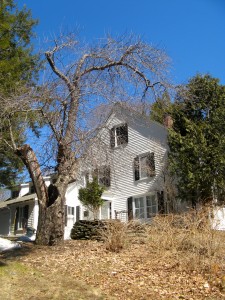 drugs. In the summer of 1948, Edmund Wilson and his wife who were at Tanglewood for the music festival drove over to Steepletop to see her. When Edna entered the room Wilson didn’t recognize her. “She had become somewhat heavy and dumpy, her cheeks were a little florid … She was terribly nervous, her hands shook and there was a look of fright in her bright green eyes … Only when the conversation turned to poetry did Edna come to life. When she read from her work the room became so charged with emotion that I began to find it difficult to bear.”
drugs. In the summer of 1948, Edmund Wilson and his wife who were at Tanglewood for the music festival drove over to Steepletop to see her. When Edna entered the room Wilson didn’t recognize her. “She had become somewhat heavy and dumpy, her cheeks were a little florid … She was terribly nervous, her hands shook and there was a look of fright in her bright green eyes … Only when the conversation turned to poetry did Edna come to life. When she read from her work the room became so charged with emotion that I began to find it difficult to bear.”
Following her husband’s death in 1949, Millay became so despondent she needed to be hospitalized. After her release from the hospital, she returned to Steepletop where she began to write again. But she was desperately lonely and depressed. On October 19th, 1950, in the middle of the night, she fell down the stairs at Steepletop, broke her neck, and died instantly.
I’ve always felt that the lines in the following poem ″An empty cup/a flight of uncarpeted stairs″ were eerily prescient.
Spring
To what purpose, April, do you return again? Beauty is not enough. You can no longer quiet me with the redness Of little leaves opening stickily. I know what I know. The sun is hot on my neck as I observe The spikes of the crocus. The smell of the earth is good. It is apparent that there is no death. But what does that signify? Not only under ground are the brains of men Eaten by maggots. Life in itself Is nothing, An empty cup, a flight of uncarpeted stairs. It is not enough that yearly, down this hill, April Comes like an idiot, babbling and strewing flowers.For more poems and information about Millay go to: https://www.poets.org/poet.php/prmPID/160

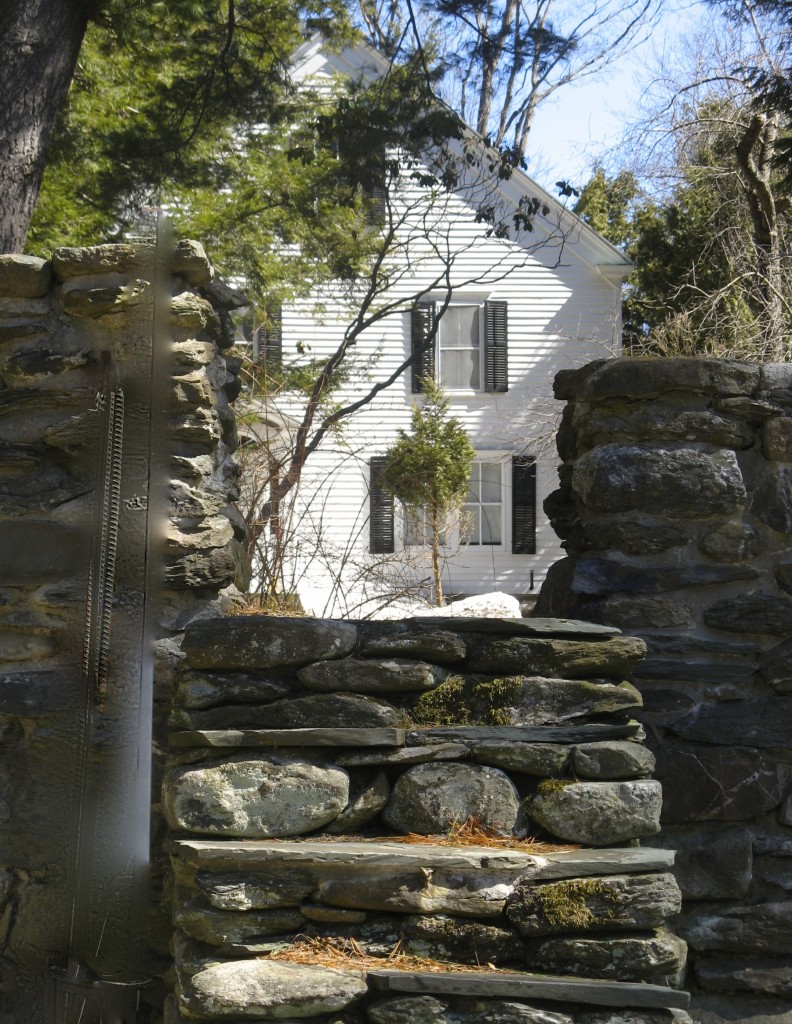
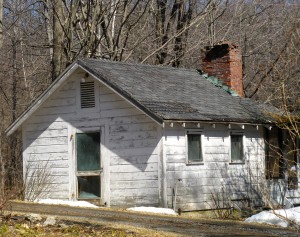


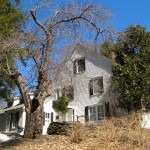
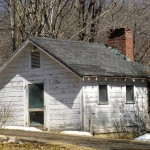


Ah fleeting happiness, fleeting fame…fleeting life.
Also of interest from my friend’s blog:
https://newyorkdailyphoto.com/nydppress/?s=Edna+St.+Vincent+Millay
Thanks so much, Leslie, for sending along your friend’s photo! If you haven’t read it yet, I know you’d love Nancy Mitford’s wonderful biography of Millay, “Savage Beauty”
Ah, so powerful: That early defiant exuberance, and then to see the late poem, which I hadn’t known. I must read “Savage Beauty.” Thank you, Liza.
Savage Beauty is such a powerful book. It’s thrilling for me to think Millay lived so nearby and obviously loved all the things I do about the Berkshires.
Thanks, Liza for re -introducing me to Millay . I’d forgotten about the tragedy in her life. Her poem does make one think differently about April.
Her biographer reported that she became addicted to morphine when it was prescribed by a doctor in Pittsfield for pain relief after her car accident. Apparently, there was little understanding at that time how powerfully addictive it was — and she became hooked very quickly.
This just in from a friend in the Berkshires:
Thanks for “Edna” today! I did not know her April poem, but here is a fave of mine… First heard the peepers in the rain in our woods last night!!!
Mary
APRIL IN MAINE
by May Sarton
The days are cold and brown,
Brown fields, no sign of green,
Brown twigs, not even swelling,
And dirty snow in the woods.
But as the dark flows in
The tree frogs begin
Their shrill sweet singing,
And we lie on our beds
Through the ecstatic night,
Wide awake, cracked open.
There will be no going back.